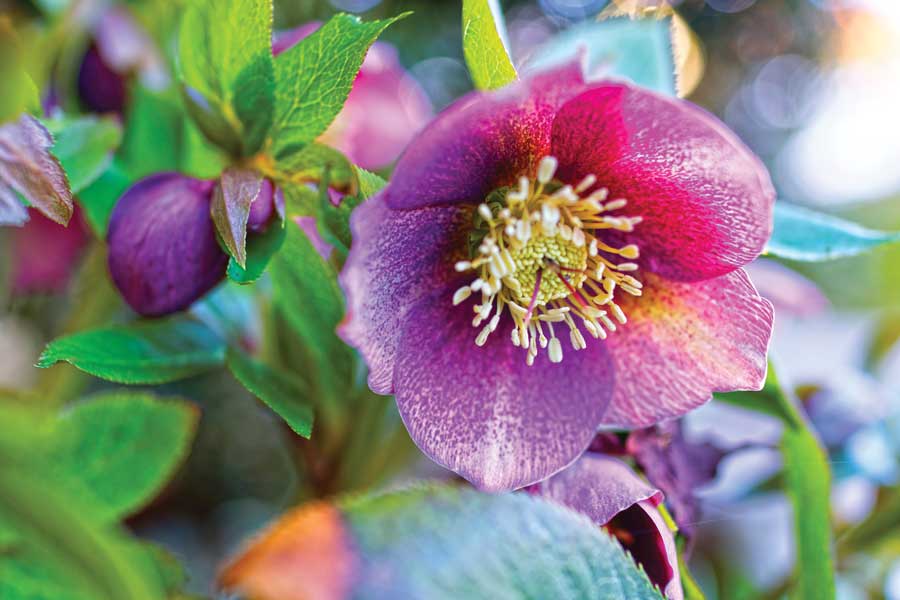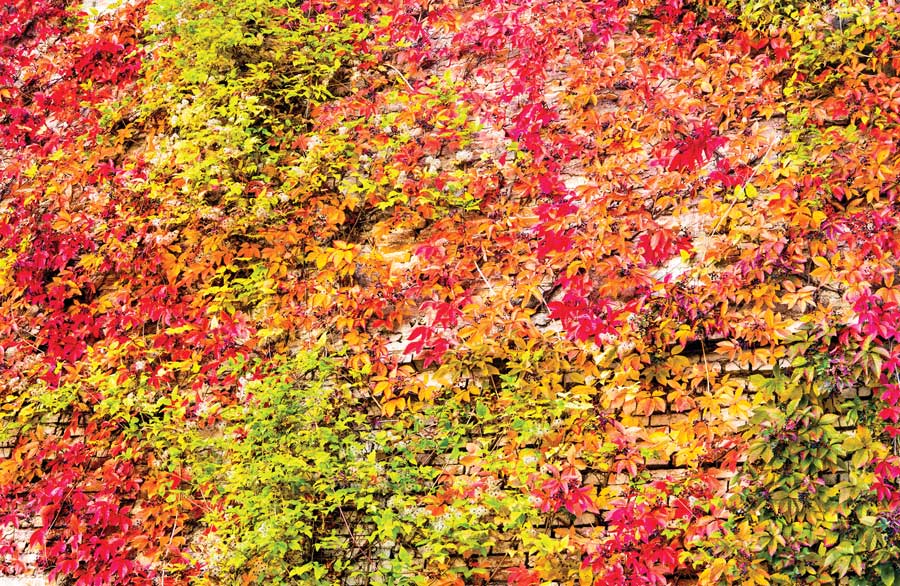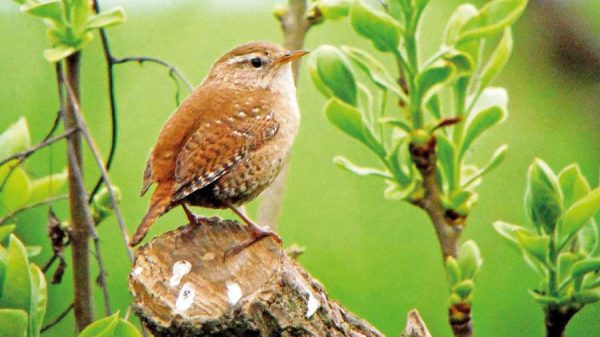Our lives have been turned upside down this year with most of what we would consider normal everyday activities changed beyond all recognition, however two of what I believe to be the most important things in life remain consistent, our love for each other and our gardens and parks.
Whilst many things have been put on hold, our gardens seem oblivious, requiring the same level of attention as they have always needed. The grass continues to grow ( and the weeds) and plants need pruning and tending.
The boundary of a garden is an important element, providing a demarkation between yours and your neighbours’ plot, often a fence and occasionally a hedge and where space permits I would always go for a hedge. Why? Well a fence doesn’t last forever, requires as much attention as a hedge and usually fails at a most inconvenient time, during high winds. There are good arguments for a fence where space is limited or where you require a structure to grow trained plants on but for me a hedge provides a soft tapestry that embraces the garden and a place to encourage and support wildlife, protection and food for birds.
This month is considered to be the start of what we call ‘Bare root’ planting season, that is plants that are available that have been lifted from the ground as opposed to grown in a pot. They are often cheaper and generally establish better as they have been used to growing in soil. If you are planning to replace a fence why not consider planting a hedge? A hedge will require little attention apart from trimming once established and a little feed and occasional watering in very dry weather. prepare the ground by digging a trench along the line of where you want it, work in some garden compost with a fork, about a barrow load to three metres length of trench. Plant spacing varies according to the type of hedge chosen but generally 12 to 18 inches
(30cm – 45cm) apart. For a thicker hedge plant in staggered rows, two rows about 8 inches (20cm) apart each plant placed alternately so it looks like a zig zag pattern.
Many nurseries and garden centres stock hedging plants and can offer a range from the very traditional Privet, Yew and Beech, to a mix of native trees which can provide a broader habitat and more natural effect. Water well after planting and trim the tips of the longer shoots by about 2 – 3 inches( 5 – 7.5cm) this will encourage the plant to grow bushier.
I am often asked what my favourite plant is, a question I find most difficult to answer mainly because it changes as the seasons change and as I try new plants. But a rule I have always followed is to make a note of the plants I have seen and admired throughout the year. As an apprentice many years ago my head gardener told me to carry a notebook and pencil with me all the time, make a note of a plant, and learn both its common and latin name. If you learn a plant a day that’s 365 plants per year which means I should know 17,500 plants, sadly though you do forget quite a lot.

Some of my favourite plants of the season are those that provide colour, texture and fruit. I wouldn’t be without Christmas roses (Helleborus) which surprisingly start flowering in autumn tolerant of most soils, except waterlogged, and will survive in partial shade.
Glossy evergreen foliage available in a range of flower colours from green, through white to pink and dark purple. The flowers last well and can be cut and floated in a bowl of water for indoor decoration.

I love autumn colour in a garden and for those with limited space and a fence or wall to cover, Parthenocissus henryana (Chinese Virginia Creeper) provides deep green and red foliage throughout summer and a stunning display of fiery red and orange tones through autumn, losing its leaves in winter. It will tolerate cutting back if it strays into areas you don’t want it to. For berries the list is endless, trees for me it must be Sorbus (Mountain Ash) a well behaved tree for the smaller garden and shrubs, Cotoneaster are a favourite with the birds and fruit reliably every year.
Winter activity in the garden often produces large amounts of dead plant material and prunings. Composting is a great way of disposing of these whilst producing valuable organic matter for mulching beds and planting compost. A good garden shredder is a great asset and can quickly reduce prunings and woody twigs into small pieces which will rot down quicker when mixed in with your grass clippings and green waste.
Happy Gardening Martin
(Pruning overgrown shrubs, plants of interest and looking after Cyclamen in pots).







